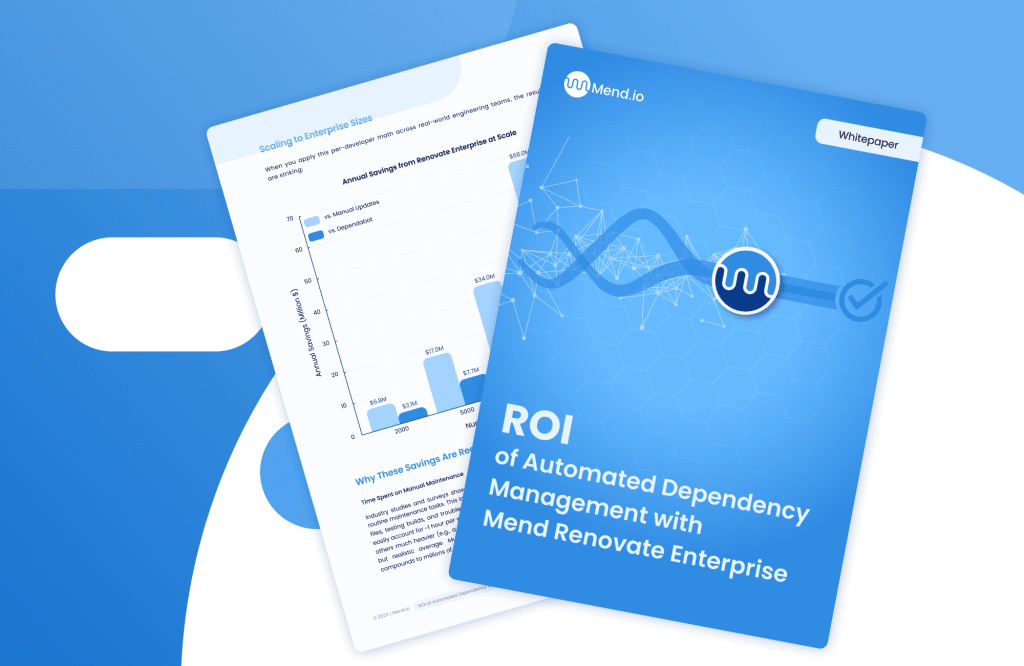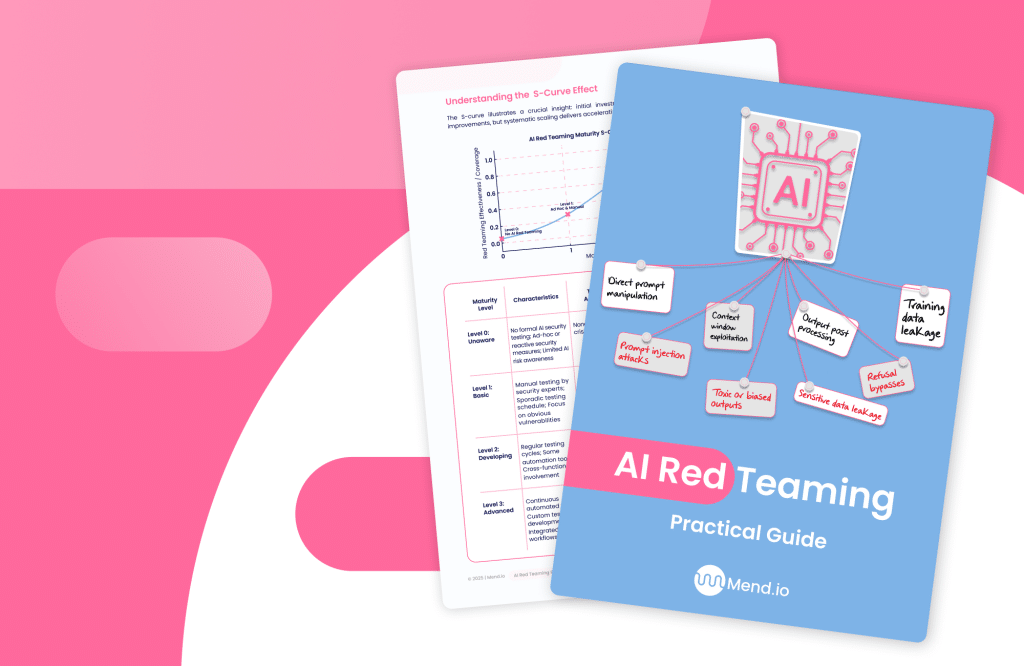Table of contents
Idempotency: The Microservices Architect’s Shield Against Chaos

Introduction
The microservices architecture, while empowering scalability and agility, faces the challenge of maintaining data consistency and predictable behavior amidst distributed complexity.
Idempotency, the principle of ensuring identical outcomes for repeated operations, provides an important solution to this problem by enabling you to build robust, predictable, and user-friendly microservices applications.
This article explores how idempotency strengthens microservices by safeguarding data integrity, enabling resilient error handling, and simplifying retry logic. It explains how to achieve this by using practical tools like unique identifiers, idempotent operation design, message queue deduplication, and circuit breakers.
How idempotency enables you to maintain data consistency
Microservices offer scalability and agility, but these strengths come with the Achilles’ heel of distributed complexity. Data consistency and predictable behavior become more precarious when independent services juggle shared resources and asynchronous messaging.
Idempotency ensures that an operation, no matter how many times it’s executed under identical conditions, delivers the same outcome. Imagine ordering a pizza. You wouldn’t want two pizzas arriving just because you double-clicked the “submit” button. This is idempotency in action. It guarantees predictable, consistent behavior even in the face of repetition.
In the dynamic realm of microservices, where services collaborate and exchange data like chatty neighbors, idempotency becomes a guardian angel. Here’s how it empowers your architecture:
1. Data Integrity Fort Knox:
Imagine two microservices, “Inventory” and “Order Processor,” managing your online store. Without idempotency, a network glitch could trigger duplicate order processing, depleting your inventory. Idempotent operations prevent this data nightmare, ensuring that only the first successful execution affects your precious inventory.
2. Resolute in the Face of Adversity:
Errors are inevitable, but idempotency allows your microservices to bounce back. Say an order confirmation message gets lost. With idempotency, the “resubmit” button doesn’t trigger another order or command. The service checks for prior attempts, preventing needless duplicates and ensuring smooth recovery.
3. Retry Logic Made Easy:
Imagine building a robust retry mechanism without idempotency. Every retry would be a potential landmine, risking duplicate actions and data corruption. Idempotency simplifies retry logic. Developers can confidently hit the “retry” button, knowing that even multiple attempts won’t harm the system. This results in cleaner code and less debugging fatigue.
Key Idempotency Tools:
- Unique Identifiers: Like secret agent codenames, assign unique IDs to operations. These act as fingerprints, allowing services to check if a similar action has already been accomplished, and preventing unnecessary repetition.
- Idempotent Operations by Design: Craft your services like meticulous chefs. Design actions to be inherently idempotent. For example, check for existing data before updating it, and ensure updates only happen once, no matter how many times you click “refresh.”
- Message Queues with Deduplication: Think of these as organized mailboxes with built-in spam filters. Message queues buffer and process messages reliably, discarding duplicates even if they get misdelivered. This ensures your system remains calm and collected amidst digital postal chaos.
- Circuit Breakers: Fail Fast. Recover Smart: Imagine an overzealous delivery driver repeatedly crashing at the same pothole. Circuit breakers act like traffic cones, automatically stopping retry attempts for failing operations. This prevents cascading failures and safeguards your system from resource exhaustion, letting it recover gracefully.
Conclusion: Idempotency’s pivotal role in elevating microservices resilience
Idempotency isn’t just a technical nicety; it’s the foundation for building microservices that thrive in the face of complexity. Embrace it, wield its tools wisely, and watch your architecture transform from a fragile house of cards to a resilient fortress, ready to weather any digital storm. Remember, in the realm of microservices, a little idempotency goes a long way. It’s your shield against chaos and the key to building applications that are not only powerful but also predictable, reliable, and ultimately, delightful to use.







